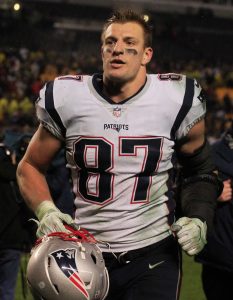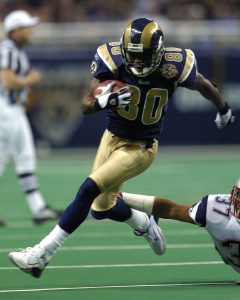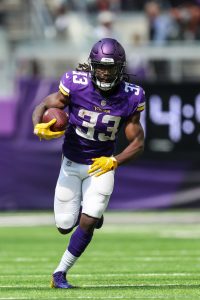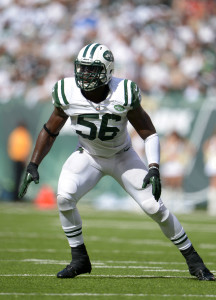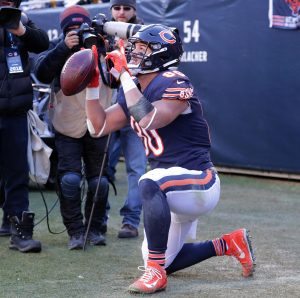Before last year’s trade deadline, the Texans swung a deal for former Raiders first-round pick Gareon Conley. The deal gave Conley a change of scenery and an opportunity to turn his pro career around. With fellow former Ohio State first-rounder Bradley Roby and veteran Johnathan Joseph out of action, Conley would have the chance to see significant reps, especially since second-round rookie Lonnie Johnson was greener than expected.
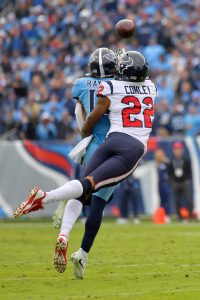
[RELATED: Texans Call Off Timmy Jernigan Deal]
Johnson didn’t improve much, but the Texans still turned down Conley’s fifth-year option for 2021, which would have paid him $10.24MM, guaranteed for injury only. Now, he’s in limbo with one year and $1.89MM on his deal.
Conley has an awful lot riding on his 2020 season. With a big showing, Conley could secure the bag – either with the Texans or another club. If he doesn’t performed, he’ll be viewed as a low-risk pickup, the kind of player that nets a cheap base salary on a one-year prove-it deal.
Conley didn’t quite cut it in Oakland, so you could be forgiven for overlooking his natural skillset and quietly solid second half with Houston. The Raiders shipped Conley out after he failed to make plays consistently in their zone scheme. But, with the Texans, Conley broke up eleven would-be passes – two less than team leader Johnathan Joseph in five fewer games.
The big-game talent has been there all along – Conley was a first-round pick for a reason and, if not for his strange pre-draft saga, he might have been a Top 10 choice. The Ohio State product was also surprisingly solid in coverage with the Raiders, even though he didn’t quite gel with the team. Conley boasts the highest forced incompletion rate of any cornerback in the NFL over the past four years, as noted by Pro Football Focus (Twitter link). That stat comes with a small asterisk since Conley has only been on the field for two years, but the fact remains that he’s a quality stopper.
If Conley can stave off Johnson for the CB2 job opposite Roby, the stage is set for him to break out and cash in next spring.
